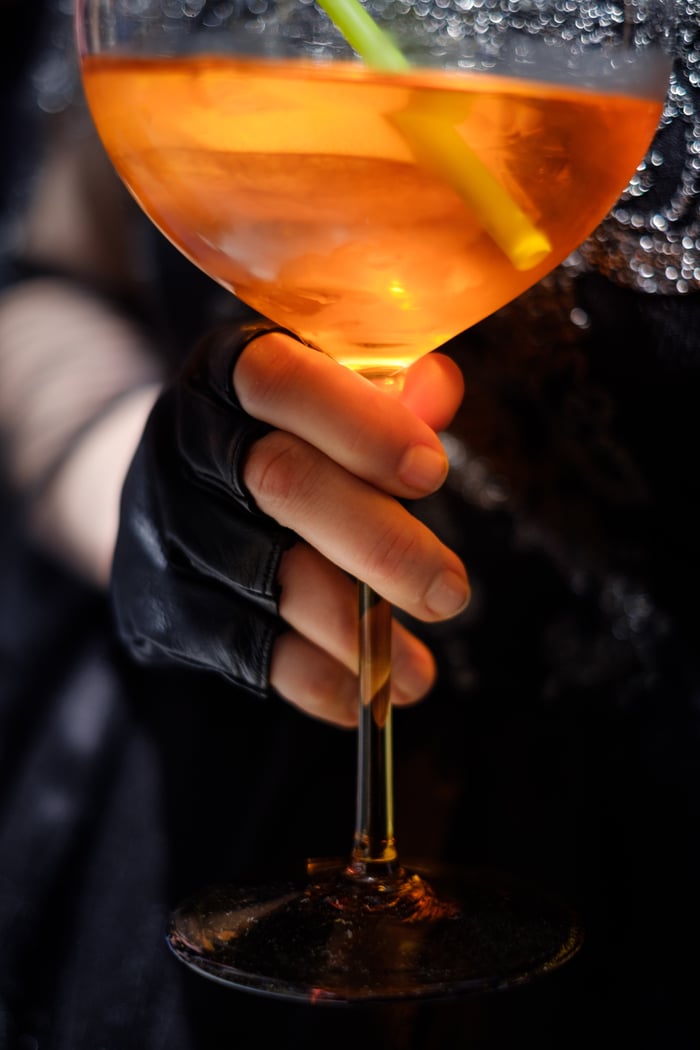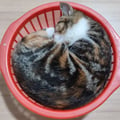
Image: Samuel Zeller on Unsplash
You could grow yourself a stylish leather jacket the next time you make yourself a big batch of kombucha. And by big, I’m talking about 30 gallons brewed in your bathtub. Suzanne Lee explains in her TED talk the process of growing your own vegan leather - a 17-year old Australian student was even able to follow homemade tips to culture and cut out a leather jacket that won her admission to the London College of Fashion.
There are already plenty of faux leather products you can buy out there without wasting a good kombucha however. Patagonia has been making vegan leather shoes for almost a decade. So why is this innovation so groundbreaking?

Patagonia’s vegan products include shoes, jackets, and other outdoor gear. Image: Patagonia
Vegan leather products emerged a few decades ago as an alternative for those wanting to avoid animal products and make cruelty-free fashion choices. What is now coming to light more than before is the environmental impact of leather and even vegan leather products. Joshua Katcher gives a comprehensive overview of what makes leather the most unsustainable material around - just a few important points are included here to give an idea of the urgency of ditching leather altogether:
- 85% of leather from deforested areas are in fact sold in markets (E.U. and U.S.) that have high demand for “deforestation-free” products
- Leather is not a by-product; in fact, it’s more profitable than meat, and better thought of as a co-product. 2 billion animals are killed for leather every year.
- 2.2 billion tons of tanning chemicals (equivalent to the weight of the entire human population) enter waterways and threaten vulnerable communities who live nearby tanneries.
And even if you switched over to vegan leather a long time ago, most products on the market today are made of polyurethane (PU), a polymer made of raw materials using fossil fuels. Nor is producing PU entirely non-toxic. As a research fellow from Commonwealth Scientific and Industrial Research Organization (CSIRO) put it, “You go from one industry which is traditionally based on skins that come from the meat industry, to another industry that’s heavily dependent on petrochemicals.”
To get us out of this fossil-fueled catch 22 of leather and faux leather products, we need an entirely new way of making textiles.
A bio-hack approach: tea to leather
26-year old Earthpreneur (an entrepreneur for the Earth) Ishaan Agarwal is building a company just by culturing green tea and yeast. The innovation won him 1 of 24 spots out of 8,700 for an accelerator program to pitch his company to investors in Oslo this year.

Ishaan cultured his SCOBY leather over 2 weeks to demo for Norwegian investors in 2018. Image: OKJ Works
Ishaan founded Viscoly in Bangalore in 2018. His objective? To reutilize the byproduct of one of the staples (tea) in the developing world and convert it into a sustainable material. It reduces waste in the fashion industry while providing economic opportunities - after all, you just need tea and yeast for this biohack.
The material itself is called SCOBY: a symbiotic culture of bacteria and yeast. It grows quickly as a curd on the surface of the tea and is then harvested, washed, and dried to make a stiff material mimicking the characteristics of normal animal leather with microbes alone. It’s a durable, strong non-woven textile made of one hundred percent cellulose, biodegradable fibers.
A SCOBY jacket requires only a single dip in dye because the cellulose is so absorbent. Compare that to a denim jacket which needs up to 18 dips in indigo for its navy blue color.

Kombucha biker jacket by ScobyTec. Image: Marcel Wiessler
Besides eliminating toxic and lengthy chemical processing, Viscoly also repurposes the waste byproduct of kombucha fermentation. The thin SCOBY film which floats on top after around two weeks is normally thrown away, although I’ve heard that some people fry and eat it!
And it’s not just for hipsters. A high fashion and jewelry line called Kombucha Couture is showing the world that these alternatives can become models for where the future of clothing should be heading!








